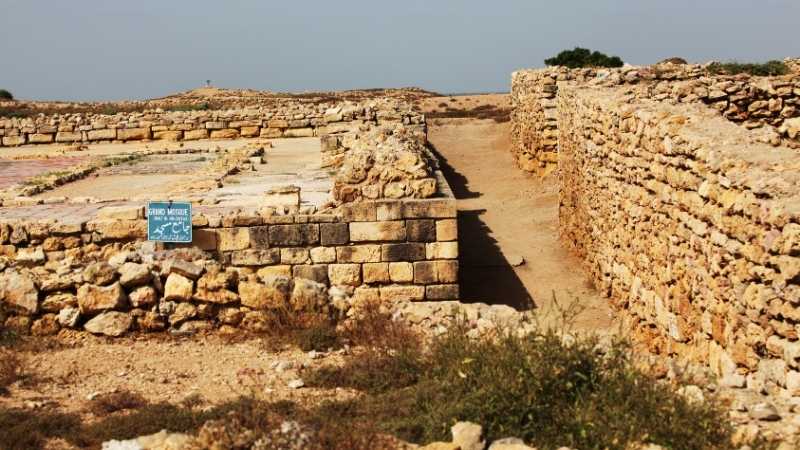The first civilization in Indian developed around Harappa quite close to the Indus river. It is popularly known as the Indus Valley civilization. Several excavations were carried out around Harappa and Mohenjodaro, which are now situated in Pakistan. The civilization developed 4,500 to 5,000 years ago. This period marked a significant advancement in urban planning and cultural development. It set a foundation for future civilizations in the region.

The Indus Valley Civilization
Early Settlers
The inhabitants of this civilization were Dravidian, who were forced to settle in south India as the Aryans settled there. Aryans brought in their more advanced military technology. They began migrating to India from 2,000 BCE. The interaction between the Dravidians and the Aryans played a crucial role in shaping the cultural and social fabric of ancient India.
Script
The script remained undecipherable till today. Hieroglyphs were the basis of their writings. The mystery of the script continues to intrigue archaeologists and linguists. It shows the complex intellectual life of this ancient civilization.
Excavations
The numerous seals and pottery found by archaeologists throw some light on the civilization and tell us about the cities of the civilization and its inhabitants. These provide a valuable insights into the daily life, trade practices, and artistic expressions for the people of Indus Valley civilization.
Administration and Living Styles
There was extensive planning of the towns. Burnt bricks were used to build houses. Weights and measures were indicative of regularity. Animals were domesticated and grew crops such as sesame, peas, cotton and barley. They were sea-faring people. The civilization was urban and well planned out. Merchant class was also prevalent indicating trade activities. Trade was by sea and land. Merchants imported metals such as gold, copper, silver and semi-precious stones. Agriculture was not developed to a great extent. They did irrigate their fields. Bronze as well as stone implements were used. The Sumerians taught them how to make bronze. Their houses were made of stone and had sewage systems. The drains were covered. There was uniform urban planning. The sophistication of their urban planning and architecture clearly shows in the remains of their cities. It showcases a towering level of civil engineering and urban management skills.
Religious pursuits
There is no evidence indicative of fire altars. The Aryans introduced the rituals around the fire. The civilization people did not posses any horses. On the Hrappan seals as well terracottas no horses appear. Elephants and bulls do not appear on the seals. The horned bull of course should not be considered to be congruent with Nandi or the bull of Shiva’s. The cow which is revered by the Hindus is also not on the seals. It indicates a distinct religious and cultural identity separate from the later Vedic traditions that shaped classical Hinduism.
People
The women wore heavy jewelry, had elaborate coiffures. On the whole the people had refined and aesthetic tastes.
On the whole the Indus Valley civilization was well planned for its times. People led urban lives and ensured that their cities were well-developed with proper drainage system.
1 Comment
The Indus Valley people spoke Proto-Dravidian, but the role of the Aryans is vague.